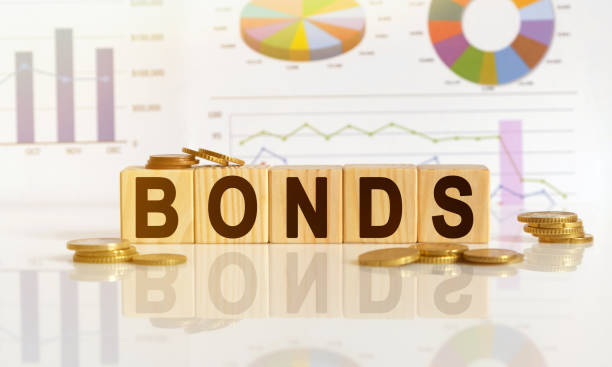Mining is the process by which new cryptocurrency coins or tokens are generated and added to the existing circulating supply. It also involves securing the blockchain network and validating transactions. This method is most commonly associated with Bitcoin, the pioneer of cryptocurrencies, and operates on the Proof of Work (PoW) consensus mechanism. In a PoW system, miners compete to solve complex mathematical puzzles using their computational power. The first miner to solve the puzzle gets to add a new block to the blockchain and is rewarded with a specific amount of cryptocurrency. This reward is known as the " block reward ," and for Bitcoin, it also includes the transaction fees paid by users for each transaction included in the block. Mining requires significant investment in hardware, typically in the form of high-performance graphics processing units (GPUs) or application-specific integrated circuits (ASICs). It also consumes a substantial amount of electr...
When you invest in a bond, you are essentially lending money to the issuer in exchange for regular interest payments (coupon payments) and the return of the principal amount at maturity.
Key Terminology:
1. Face Value/Par Value: This is the initial value of the bond, which represents the amount that will be repaid to the bondholder at maturity.
2. Coupon Rate: The coupon rate is the fixed interest rate that the bond issuer agrees to pay to bondholders annually or semi-annually, expressed as a percentage of the bond's face value.
3. Maturity Date: This is the date on which the bond reaches its full term, and the issuer repays the face value to the bondholder.
4. Yield: Yield represents the return on investment (ROI) from a bond and is calculated as the annual interest payments divided by the bond's current market price.
5. Credit Rating: Credit rating agencies assign ratings to bonds based on the issuer's creditworthiness. Ratings range from AAA (highest) to D (default).
6. Coupon Payment: This refers to the interest payment made by the issuer to the bondholder based on the coupon rate and the bond's face value.
Types of Bonds:
1. Government Bonds: Issued by national governments, such as U.S. Treasury Bonds, to finance government spending and projects.
2. Municipal Bonds: Issued by state or local governments to fund public infrastructure projects, such as schools, highways, and utilities.
3. Corporate Bonds: Issued by companies to raise capital for business operations, expansions, or acquisitions.
4. Treasury Bonds: These are government bonds issued by the U.S. Department of the Treasury with various maturities, ranging from short-term Treasury bills (T-bills) to long-term Treasury bonds.
Risk and Return:
Bonds carry different levels of risk and potential returns. Higher-rated bonds, such as those with AAA or AA credit ratings, are considered less risky but generally offer lower yields.
Lower-rated bonds, such as those with BB or below credit ratings (often called "junk bonds"), carry higher risk but may offer higher yields to compensate for the increased risk.
Bond Market:
Bonds are traded on the bond market, where investors buy and sell bonds. The primary market involves the initial issuance of new bonds, while the secondary market involves trading previously issued bonds among investors.
Interest Rate and Bond Prices:
Bond prices and interest rates have an inverse relationship. When interest rates rise, existing bonds with lower coupon rates become less attractive, leading to a decrease in their prices.
Conversely, when interest rates fall, existing bonds with higher coupon rates become more desirable, potentially increasing their prices.
Bond investing can provide income, diversification, and stability to an investment portfolio.
However, it's important to carefully assess the risk associated with each bond and consider your investment objectives before making investment decisions.
